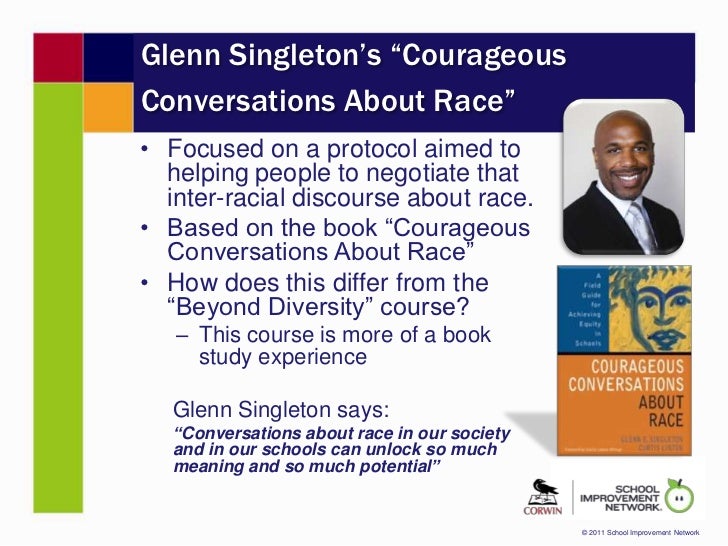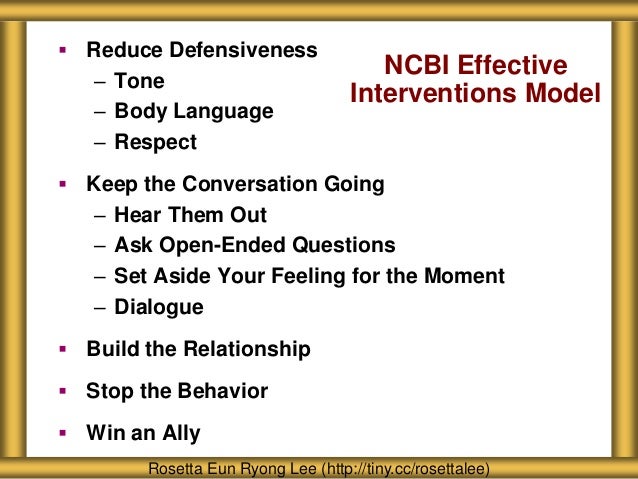


Race is a prevalent and essential topic that helps acknowledge privilege and stresses the inequalities within society. Students get lazy, which defeats the entire purpose of these discussions. Each student needs to seriously consider which category they are in, not to finish it for a grade but for themselves. The believing and doing quadrants are left untouched. These options are the easiest to understand, and once students finish filling out the sheet, they stop thinking about the Courageous Conversation altogether. Each student mostly writes they are in the thinking or feeling quadrant, which is the default. After their Harkness discussion, they fill out which quadrant they think they are in and why. In upper school English class, first-year high school students participate in these conversations in Journeys in Literature. The Courageous Conversations model stresses the importance of speaking one’s truth and accepting all the repercussions that might occur and being ready to be in the wrong or ignorant. It also encourages people to be truthful about their opinions and not agree with everyone else’s ideas. The conversations are a method students use that prepares them to anticipate and acknowledge the likeness of non-closure. For example, believing is matched with morals, feeling paired with emotions, doing with social, and intellectual with thinking.

Each group matches a word representing the thinking they use. The four sections represent how each person deals with race. Paul Academy & Summit School introduced courageous conversations in middle school and has encouraged each student to talk about race with this mindset. The compass, made up of four quadrants: emotional, intellectual, moral, and social, was developed with the goal to help people speak on essential topics regarding race. Courageous Conversations have become an essential part of classroom discussion.


 0 kommentar(er)
0 kommentar(er)
